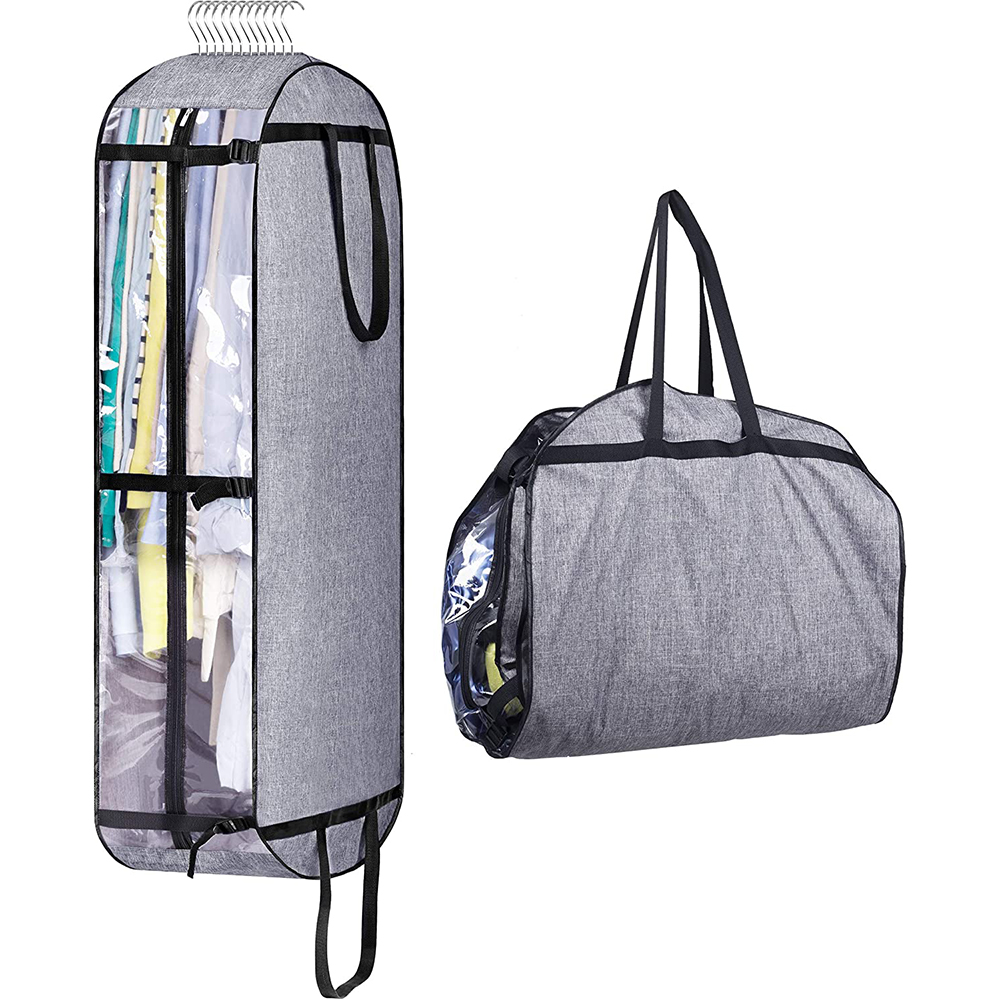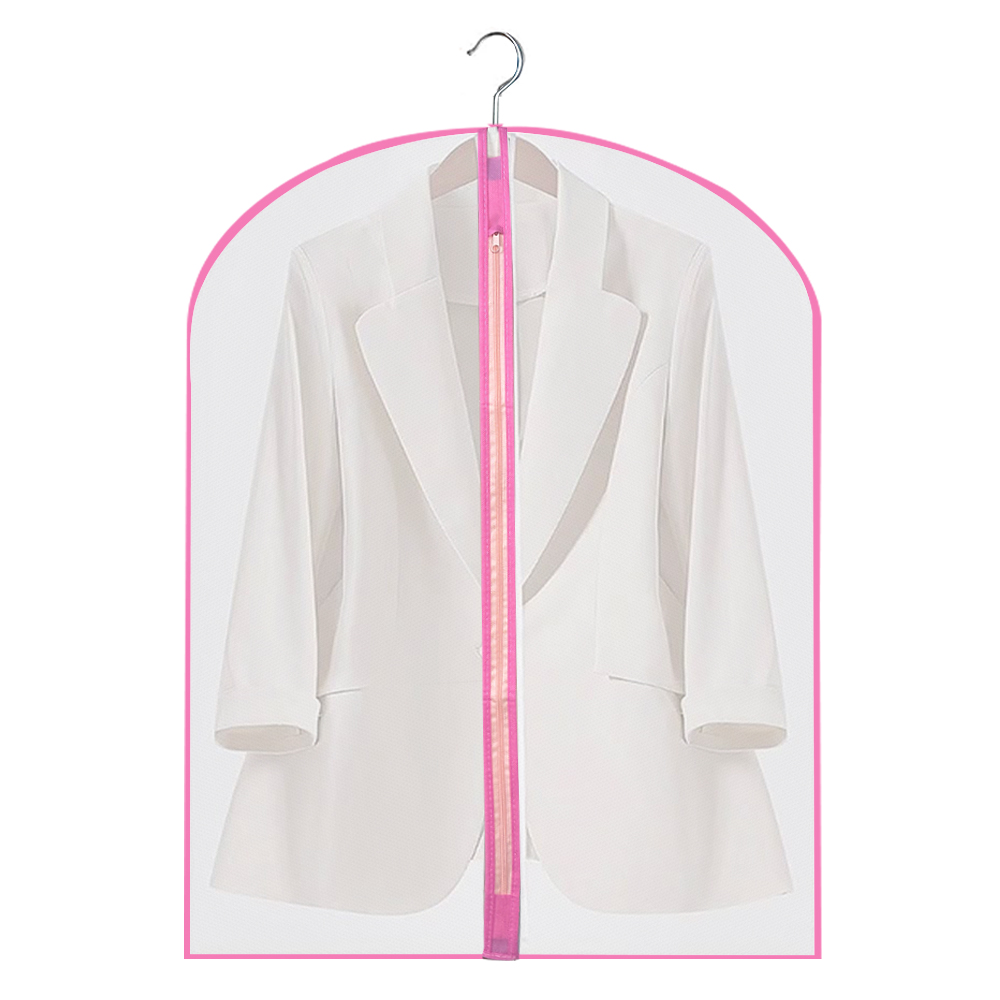Garment bag packing isn’t just about tossing clothes into a bag; it’s a meticulous process that ensures your garments arrive at their destination wrinkle-free and ready to impress. As a manufacturer deeply involved in the garment industry, I’ve learned the ins and outs of effective packing strategies that both protect the product and streamline logistics.

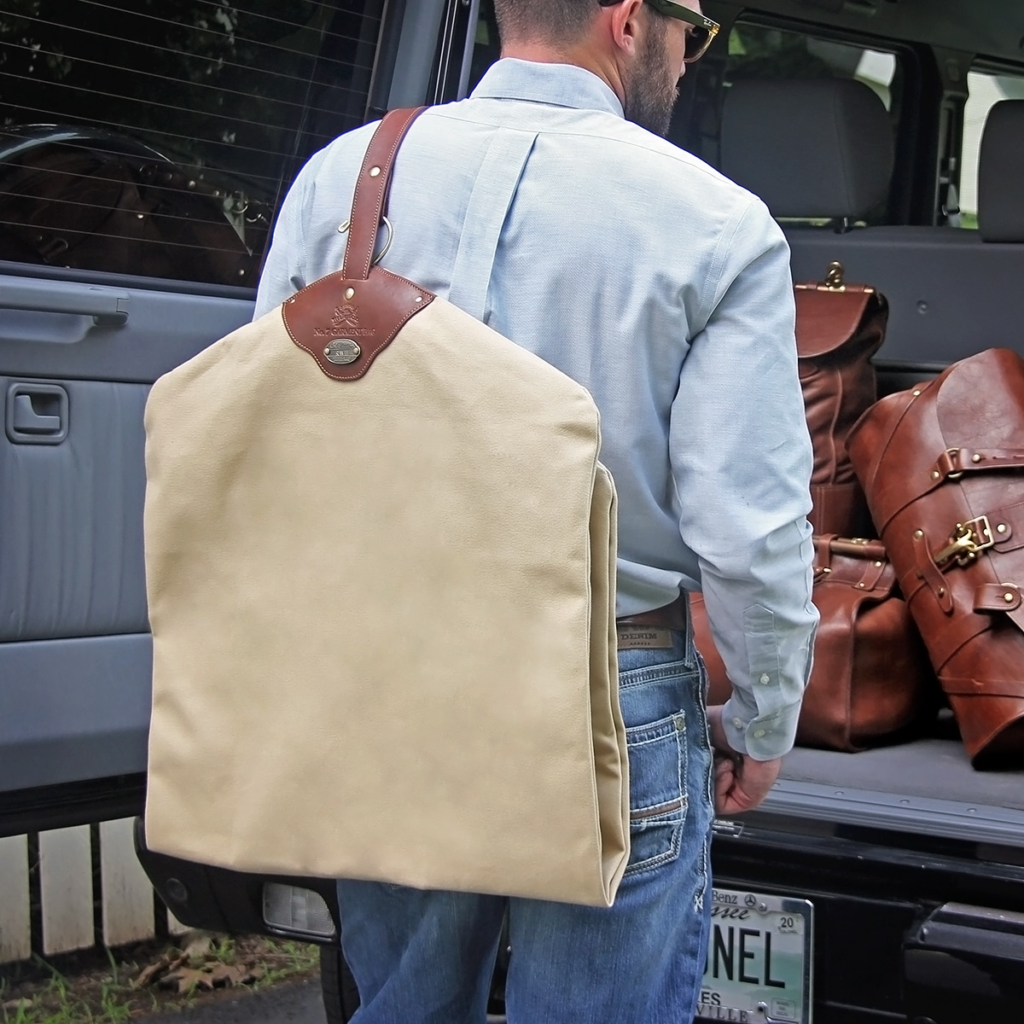
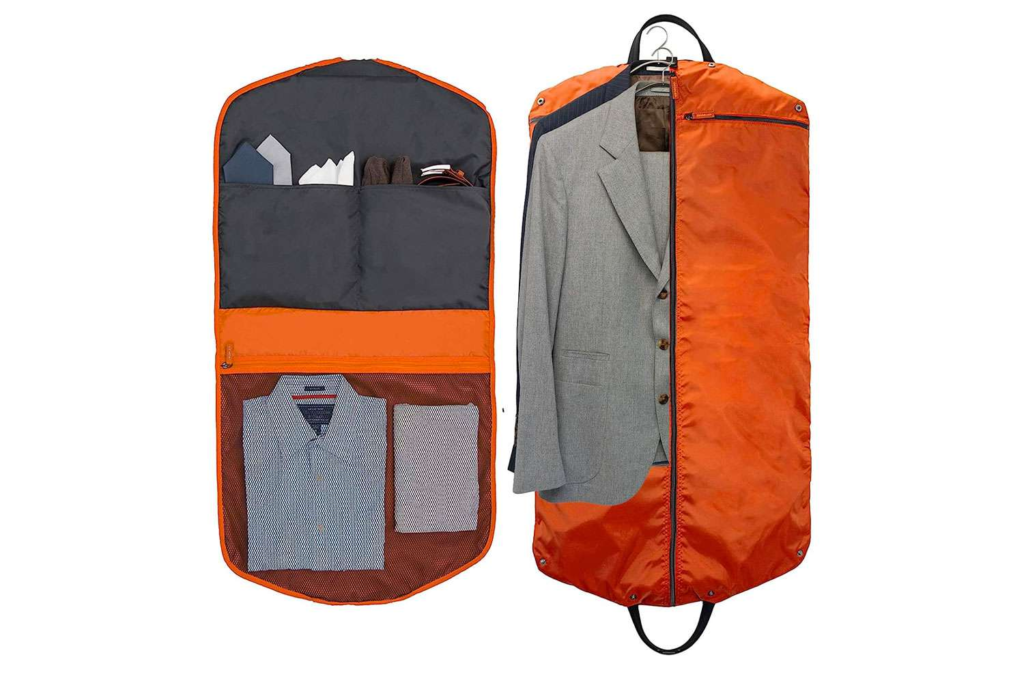
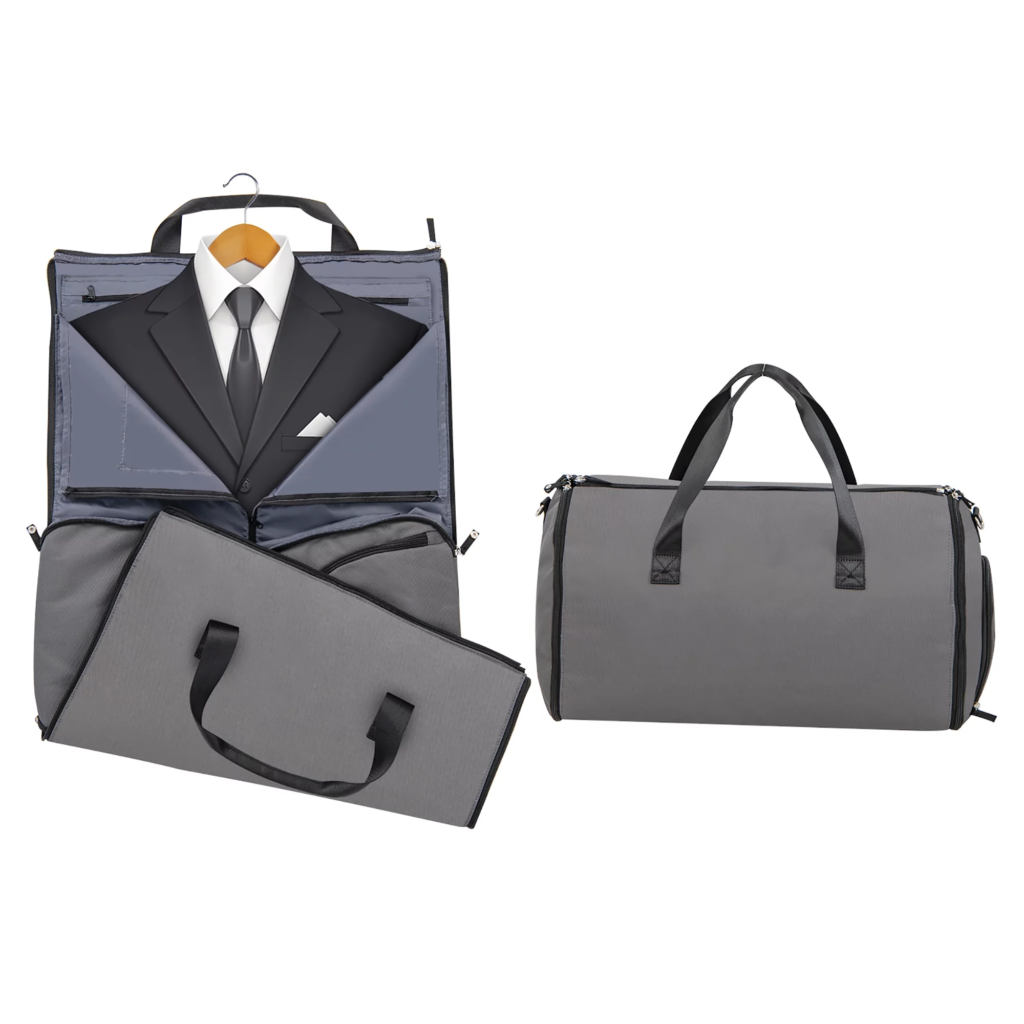
Garment bag packing involves carefully folding and arranging clothing items within a specialized bag designed to protect them during transportation. The primary goal is to minimize wrinkles and damage, ensuring that the garments look as good upon arrival as they did when they left the factory.
1: Choosing the Right Garment Bag
Selecting the appropriate garment bag is the first step in effective packing. These bags come in various sizes, materials, and features, allowing manufacturers to tailor their choice to the specific needs of their products. Key considerations include durability, breathability, and whether the bag is designed for short-term storage or long-distance travel.
2: Sorting and Folding Garments
Before packing, garments must be sorted according to size, type, and fabric. This ensures a streamlined packing process and prevents damage during transit. Each item is then carefully folded according to industry best practices, minimizing creases and maximizing space efficiency within the bag.
3: Layering and Stacking
Layering is crucial in garment bag packing, especially for delicate items such as dresses or suits. Heavier items should be placed at the bottom of the bag to provide support, while lighter pieces can be layered on top. Stacking garments in a strategic manner helps distribute weight evenly and prevents crushing or wrinkling.
4: Utilizing Accessories
Garment bags often come with built-in accessories designed to enhance packing efficiency. These may include compression straps, removable shoe bags, and accessory pockets. Manufacturers should take advantage of these features to optimize space and protect garments from shifting during transit.
5: Securing the Bag
Once the garments are packed, the bag is securely fastened to prevent items from shifting during transport. Zippers, buckles, or Velcro closures ensure that the bag remains closed and protects the contents from dust, moisture, and other environmental factors.
6: Labeling and Documentation
To streamline logistics and ensure accurate delivery, each garment bag should be clearly labeled with essential information such as product codes, sizes, and destination addresses. Additionally, manufacturers may include documentation such as packing lists or care instructions to assist customers upon receipt.
Mastering the art of garment bag packing is essential for manufacturers seeking to deliver high-quality products to their customers. By following these detailed steps and investing in the right materials and accessories, manufacturers can ensure that their garments arrive in pristine condition, ready to delight and impress.

